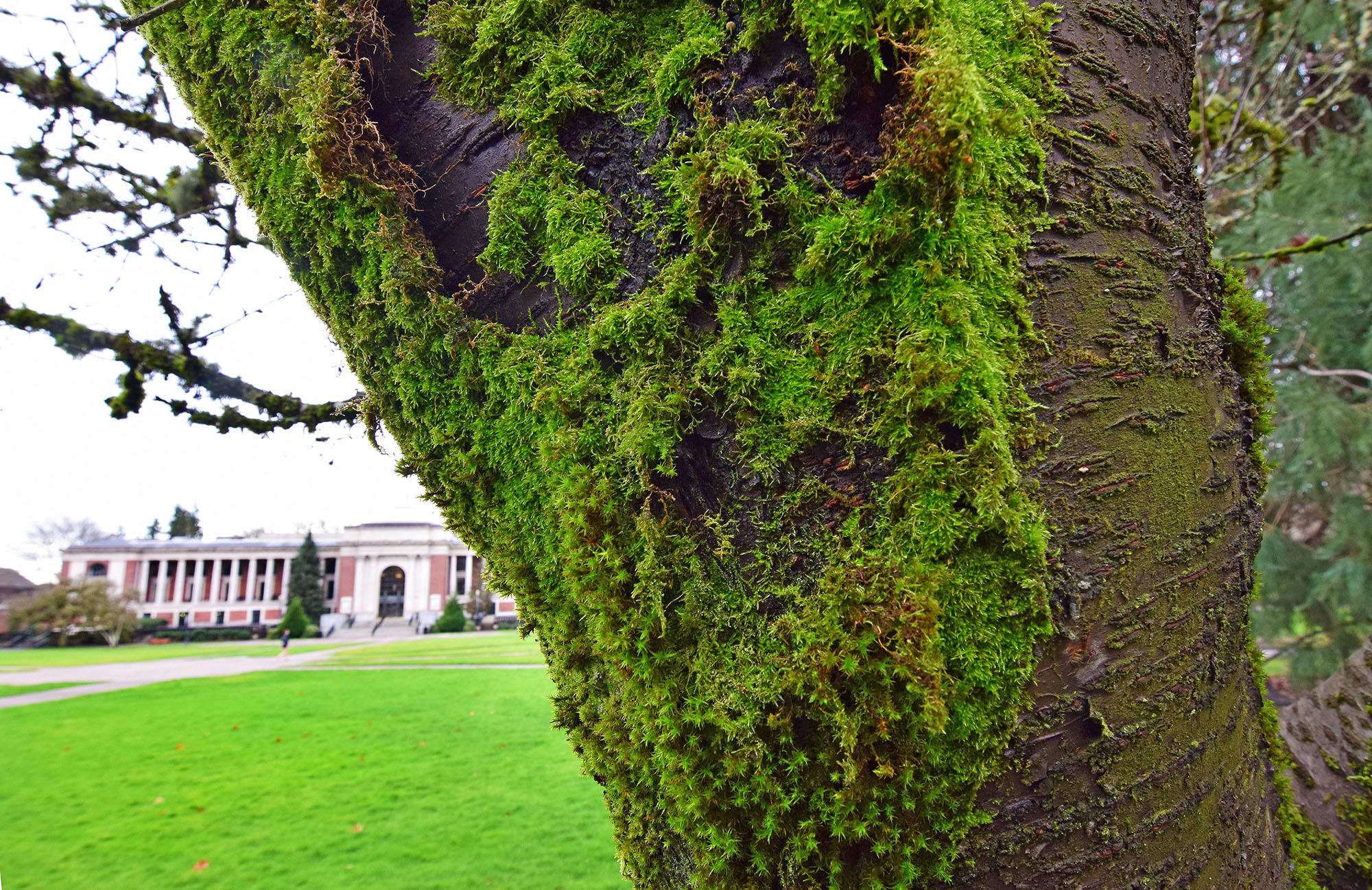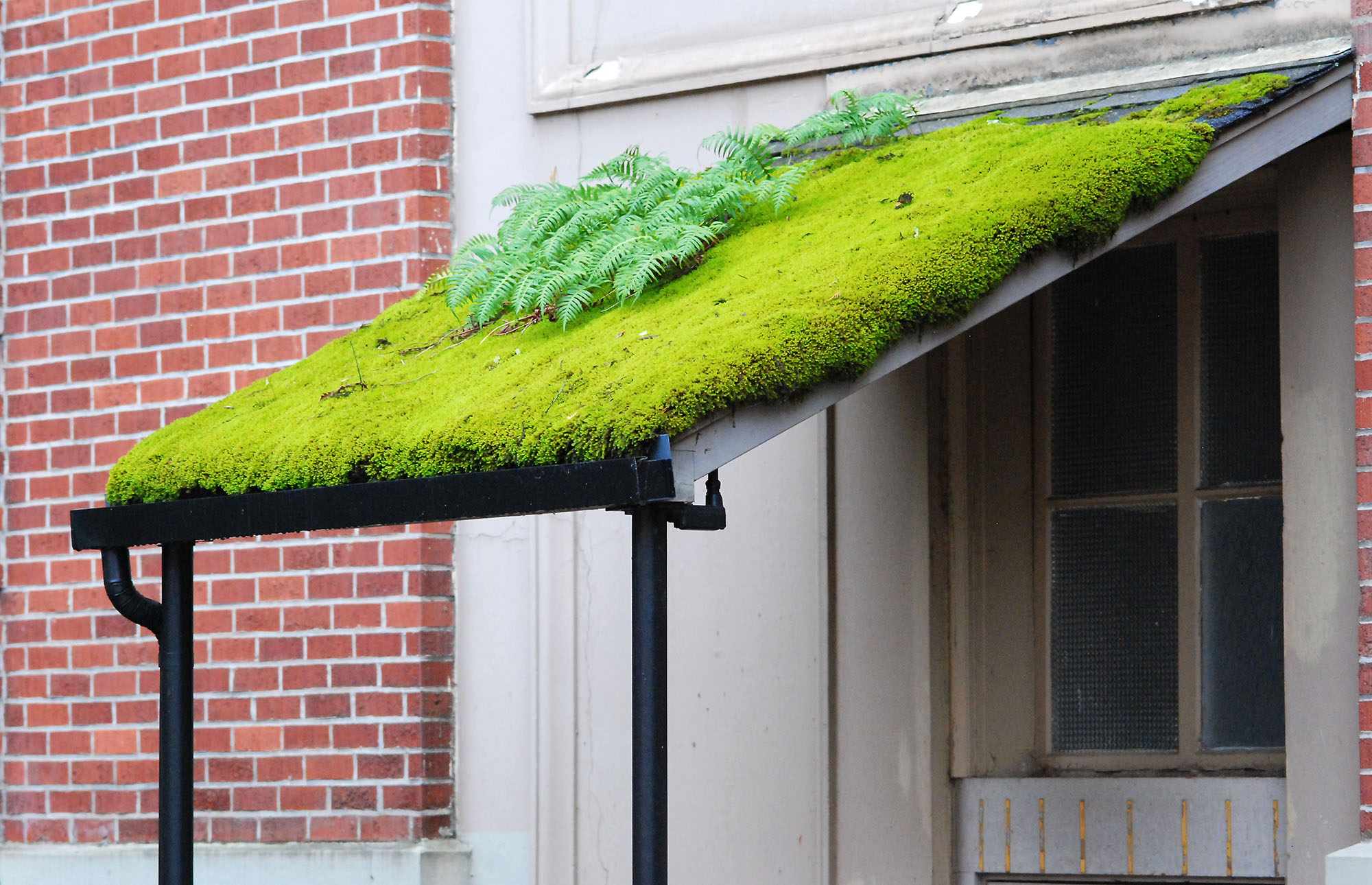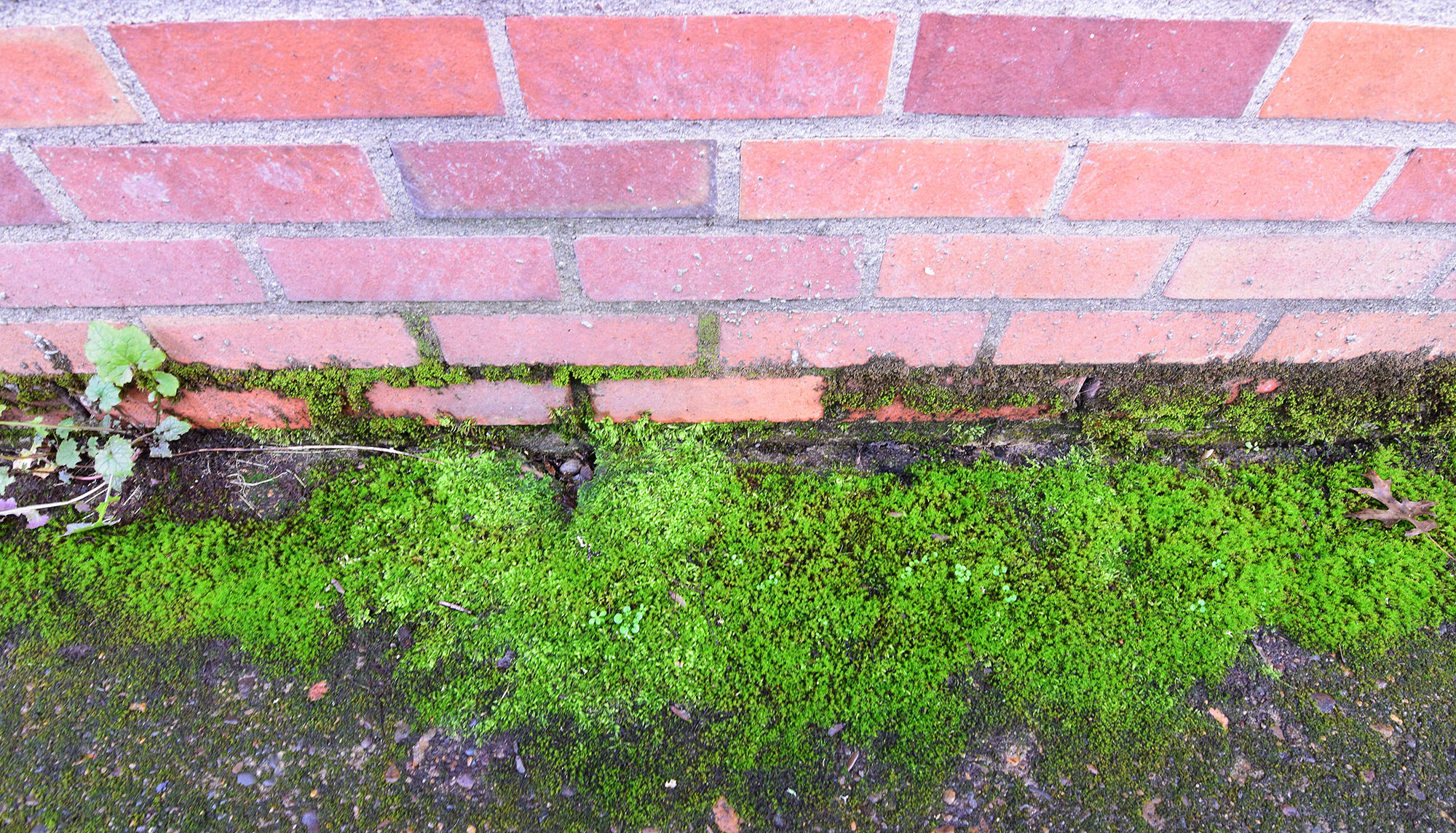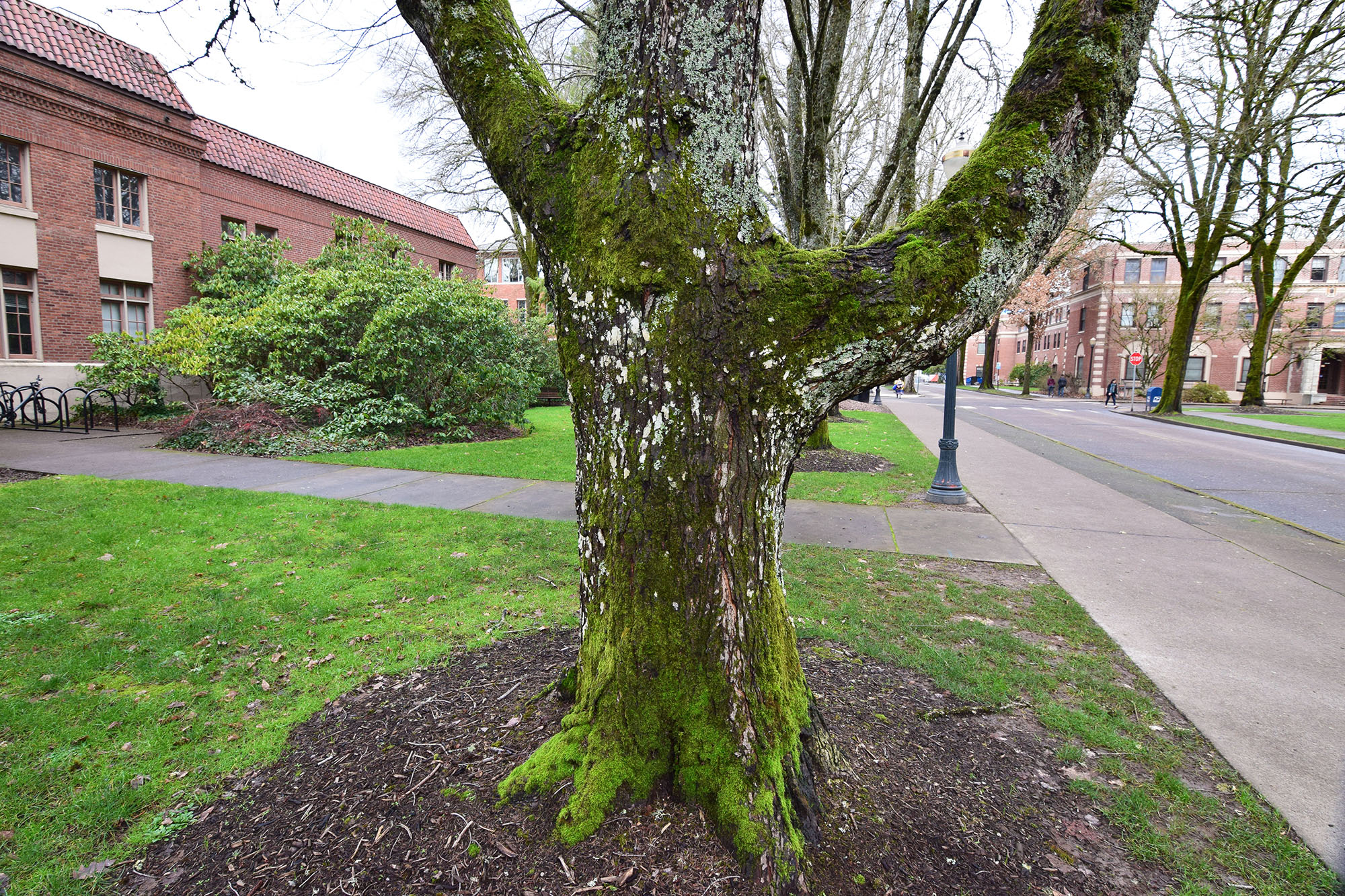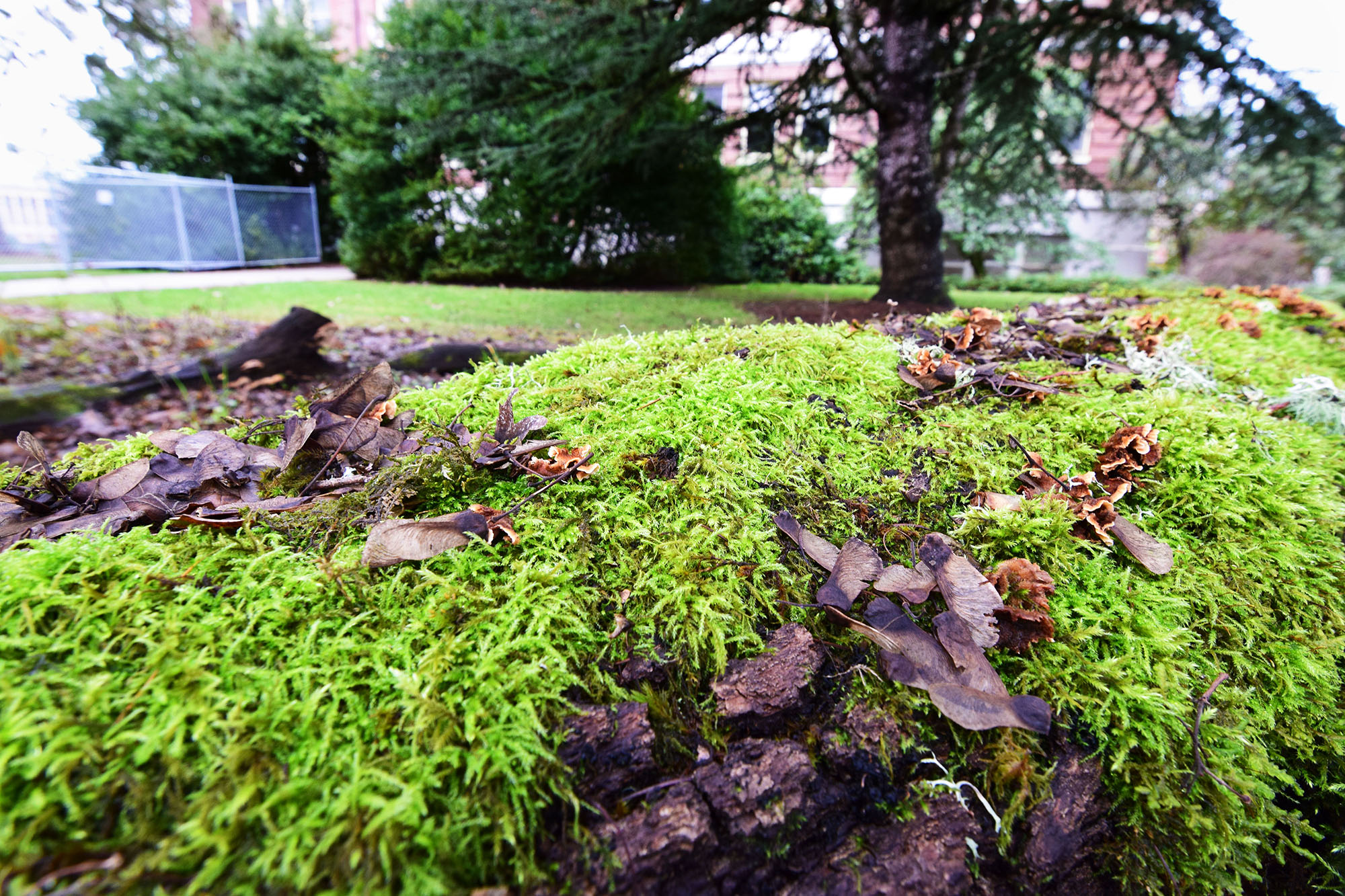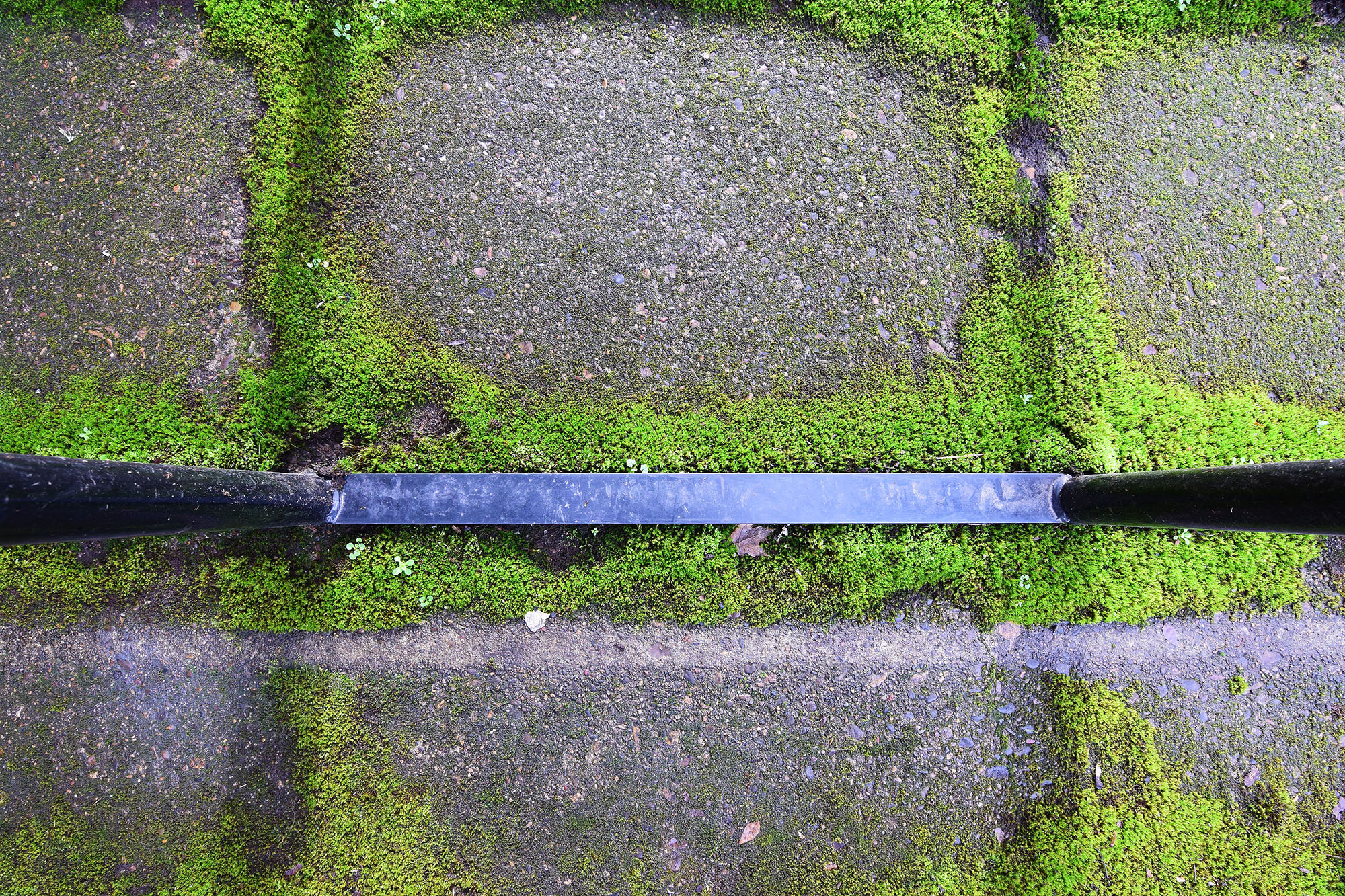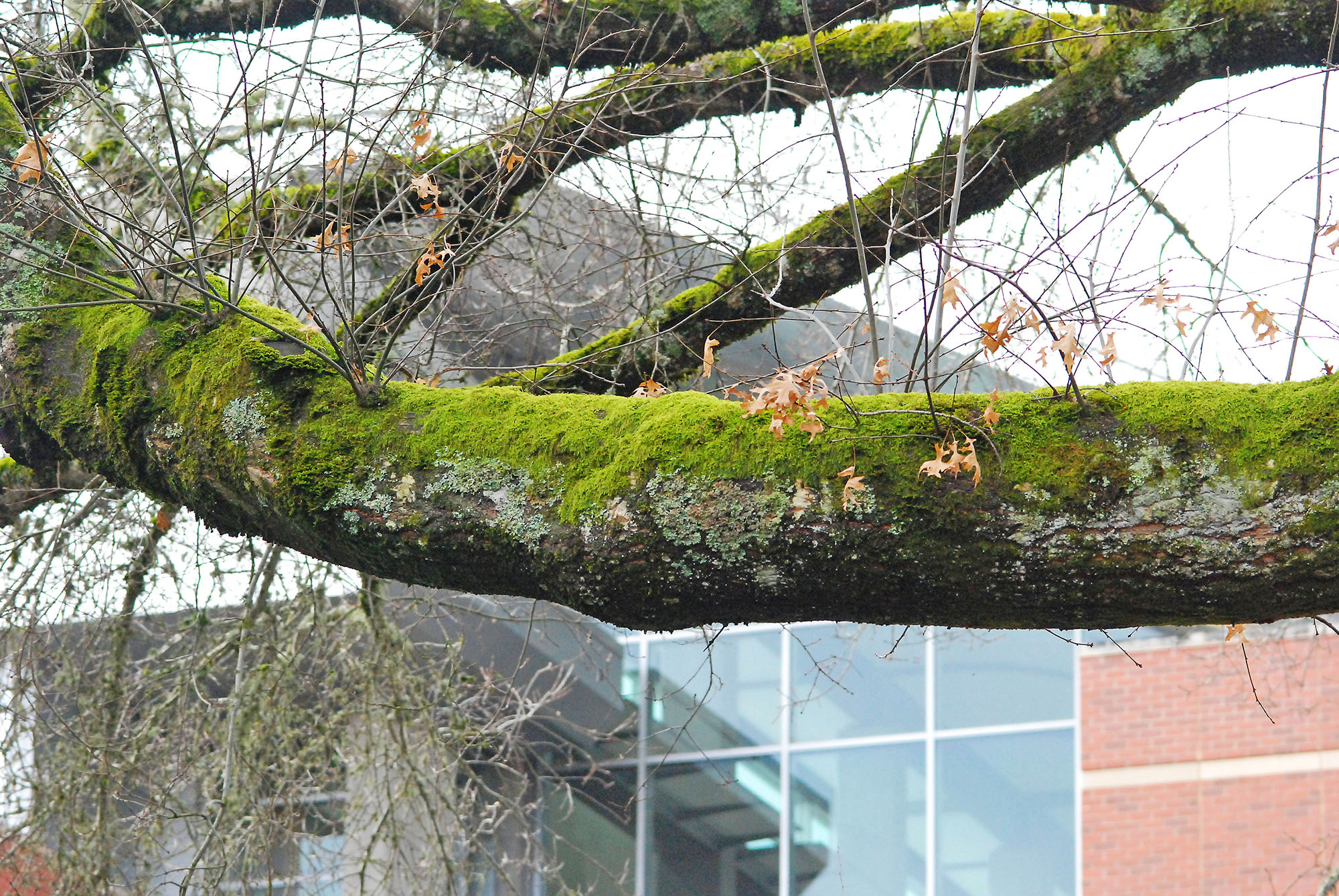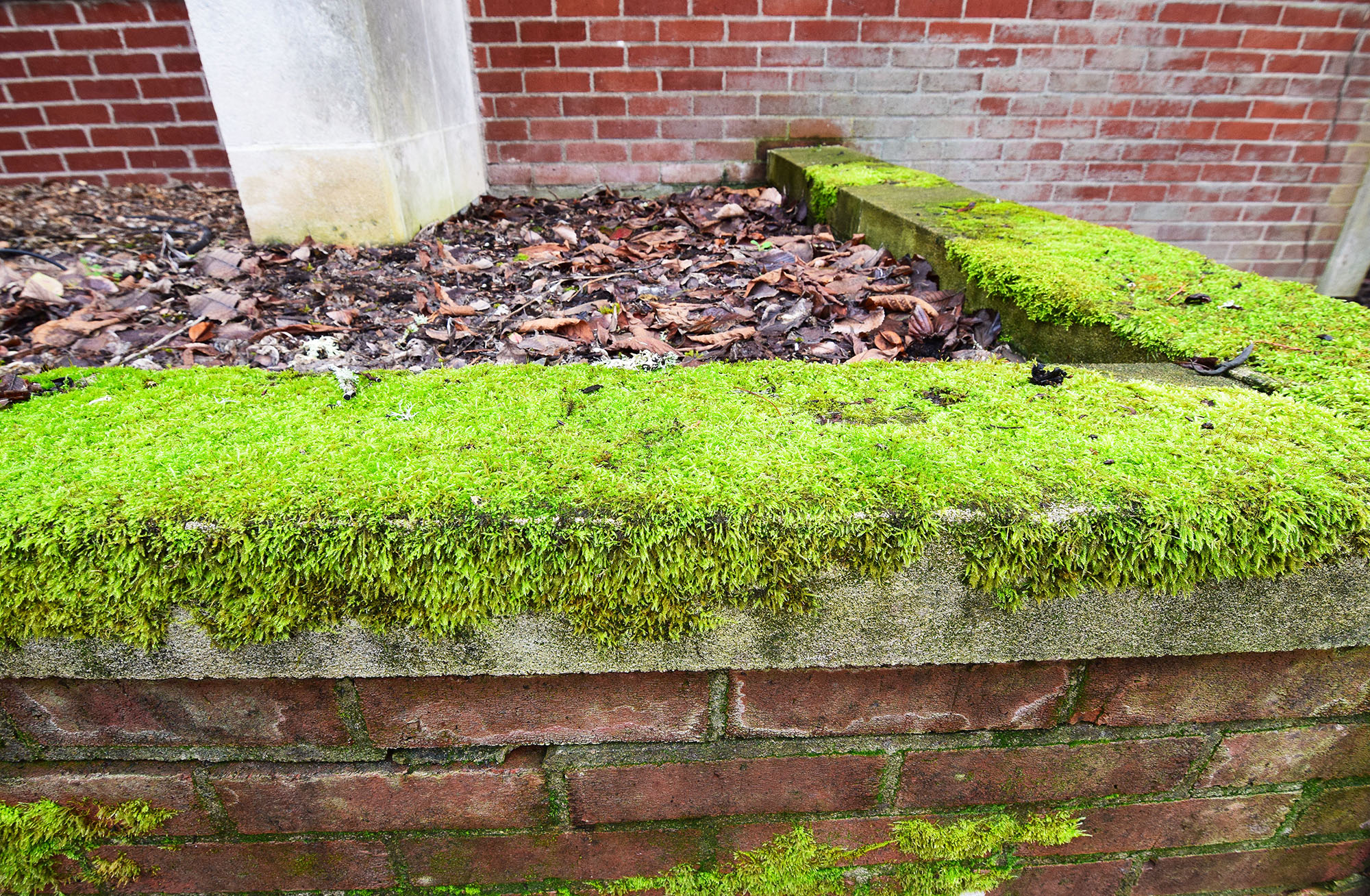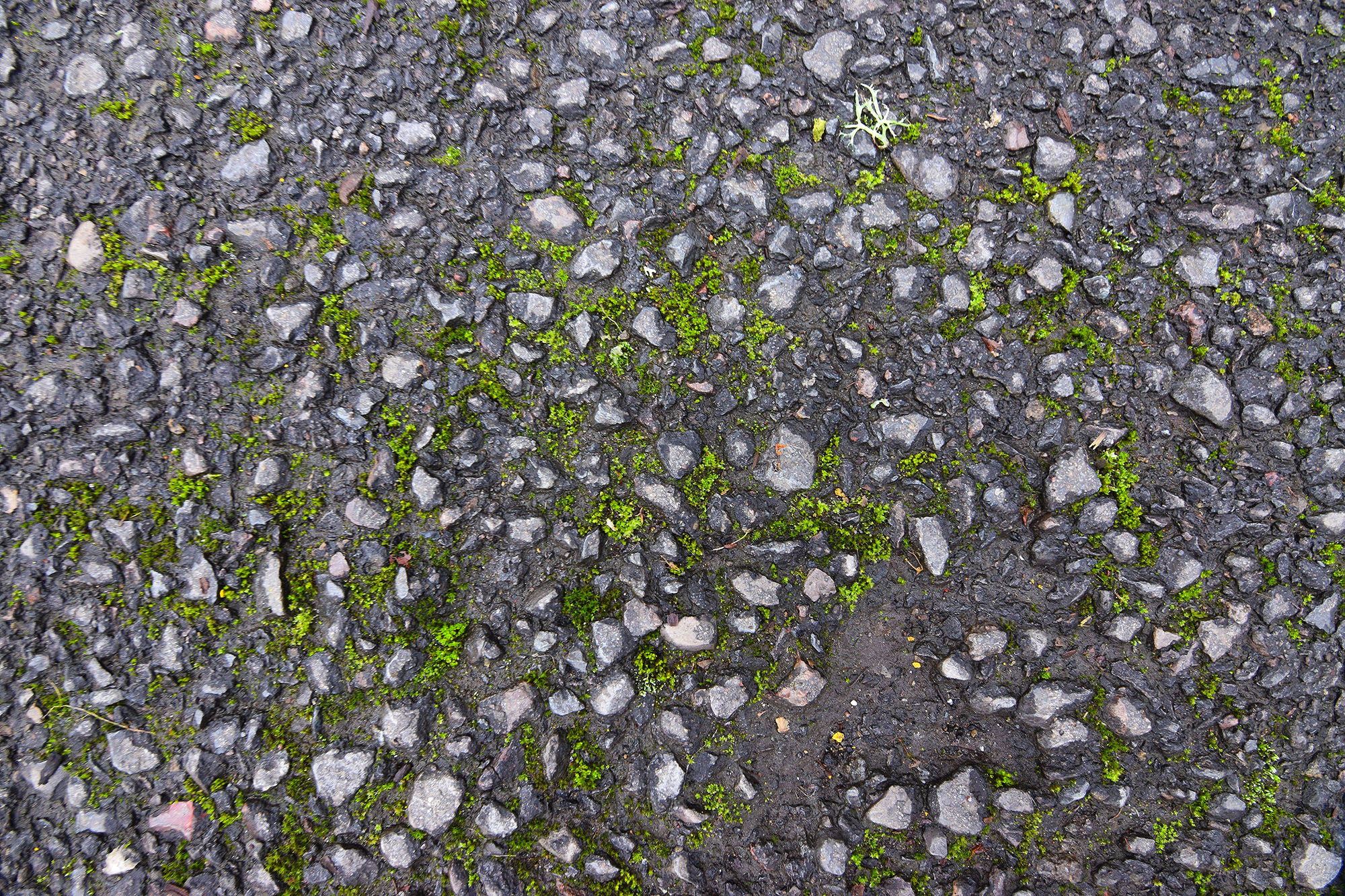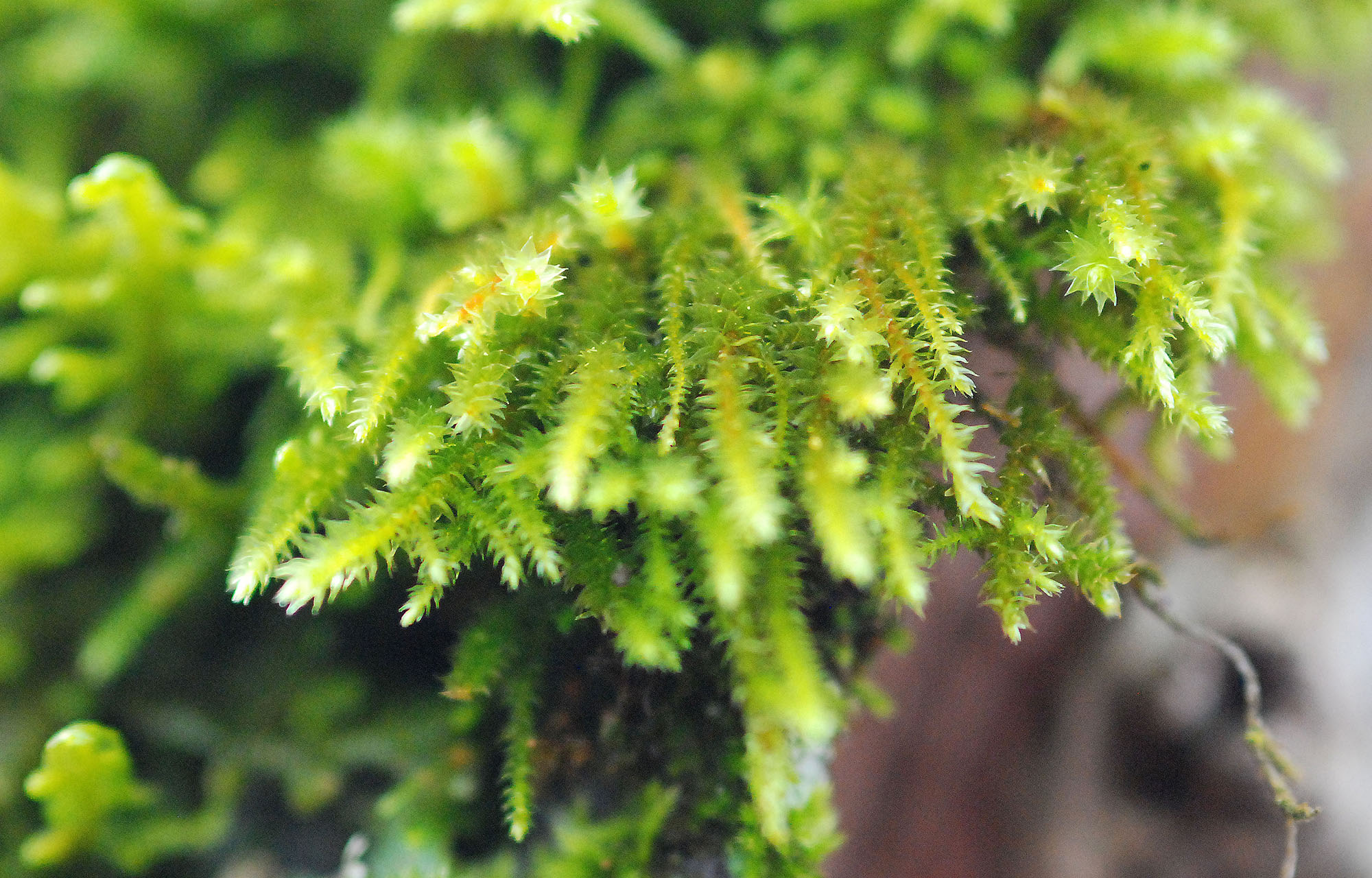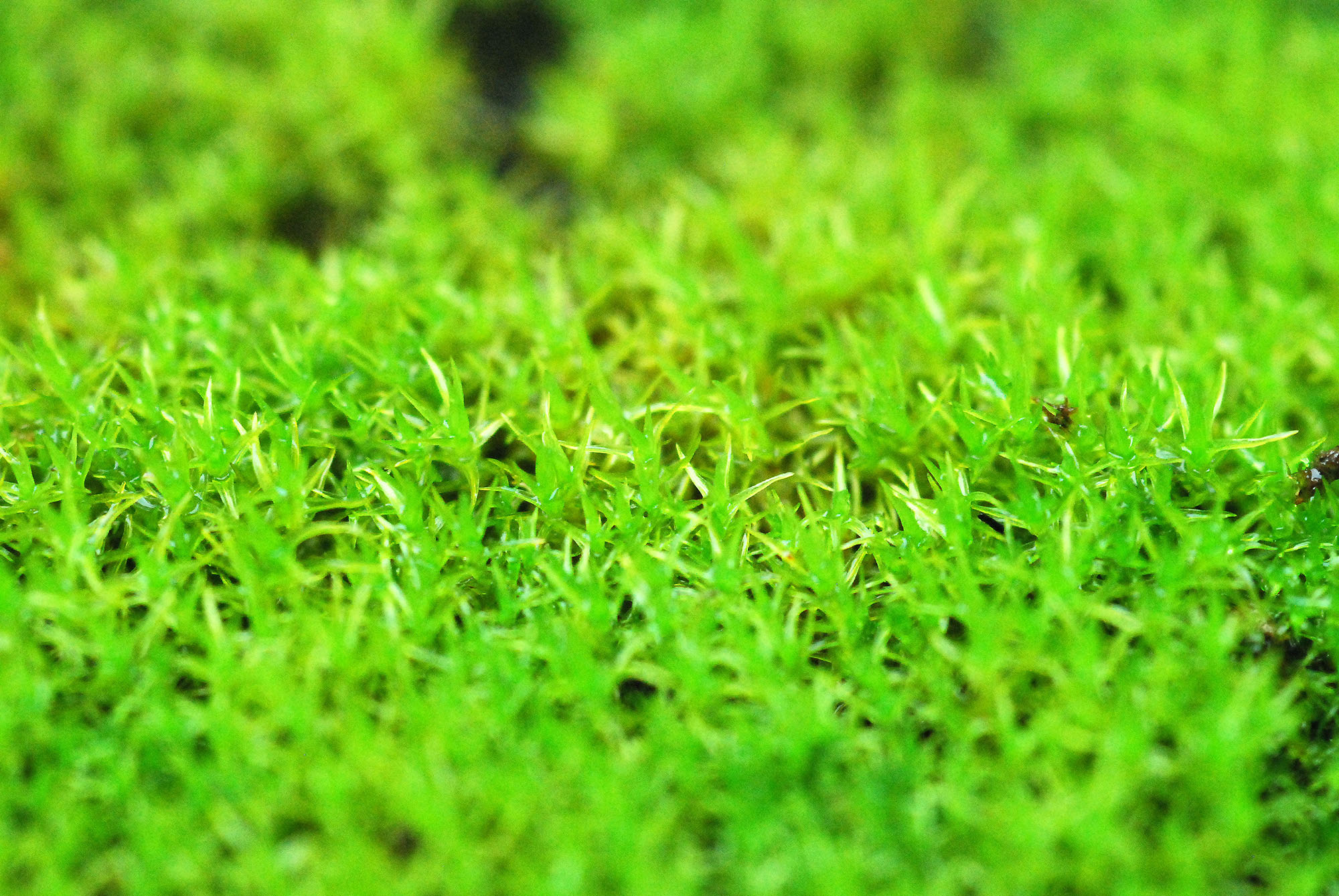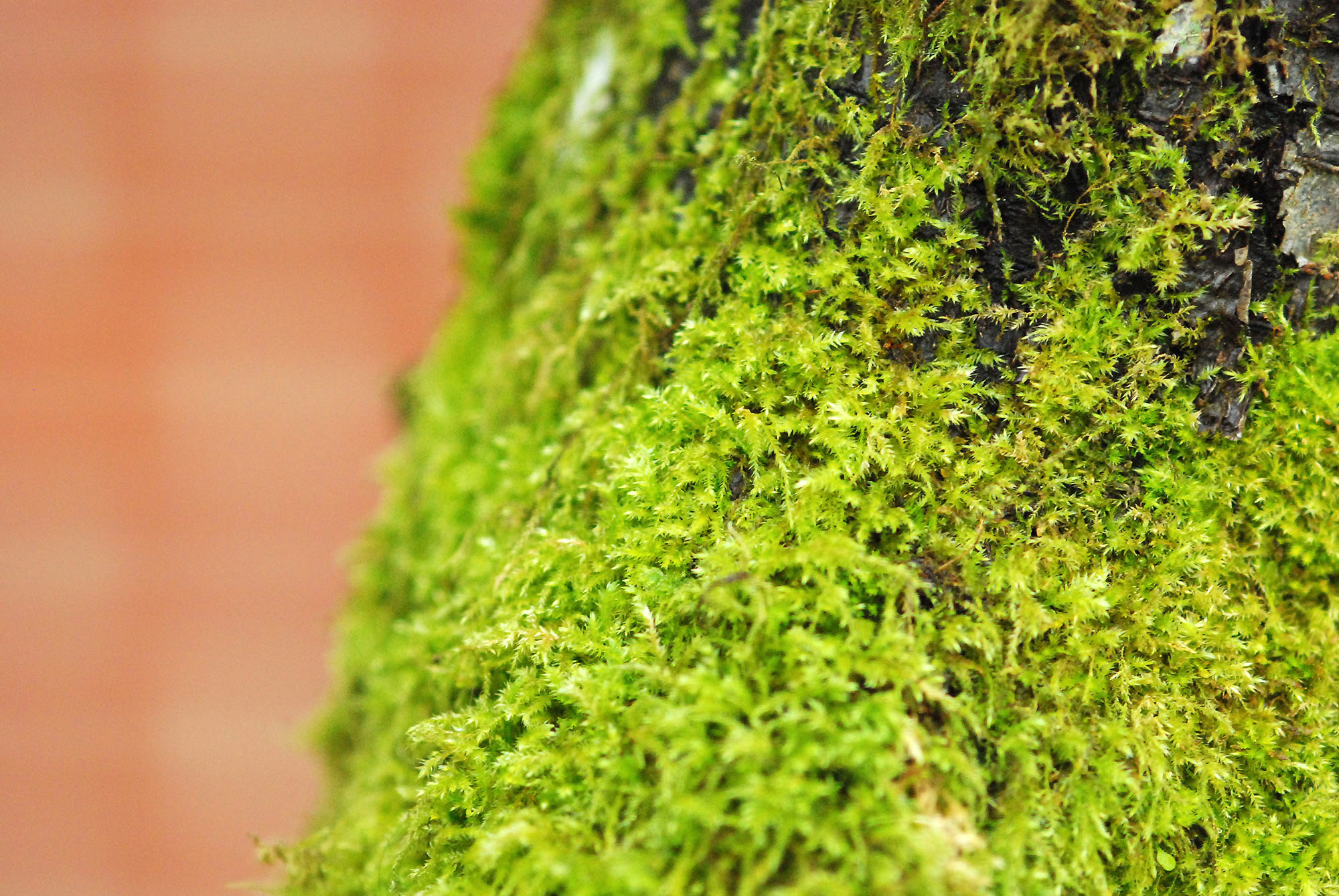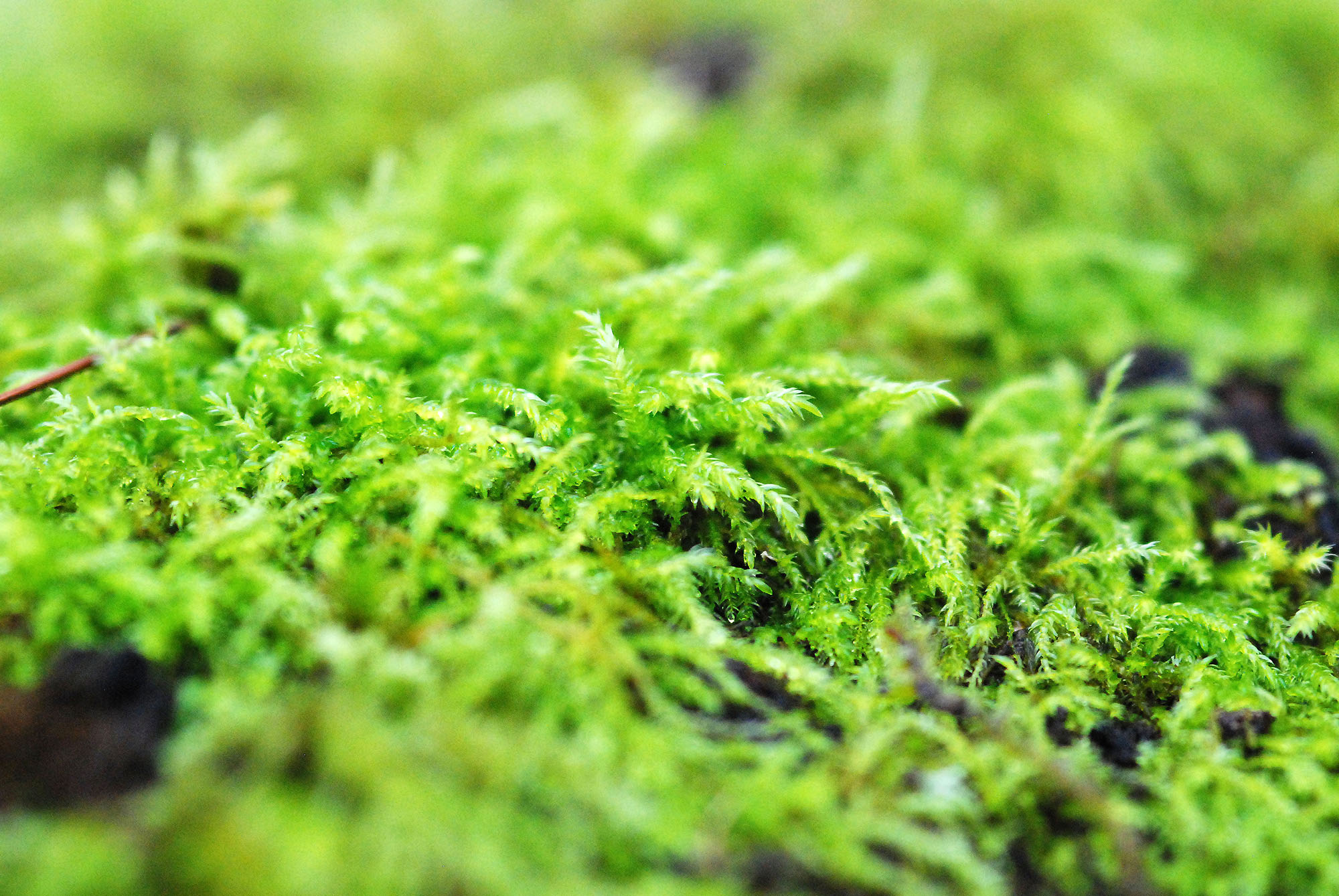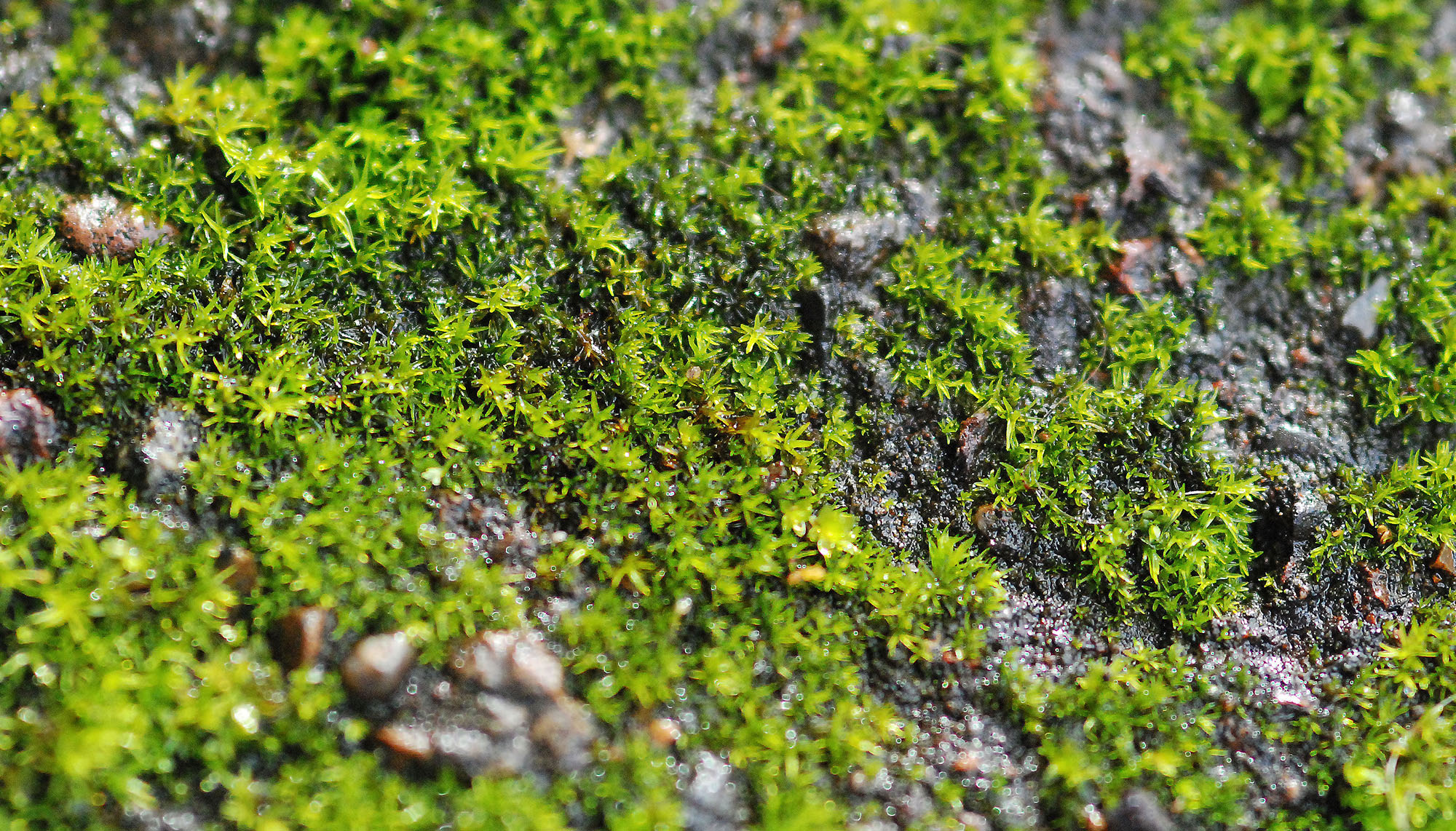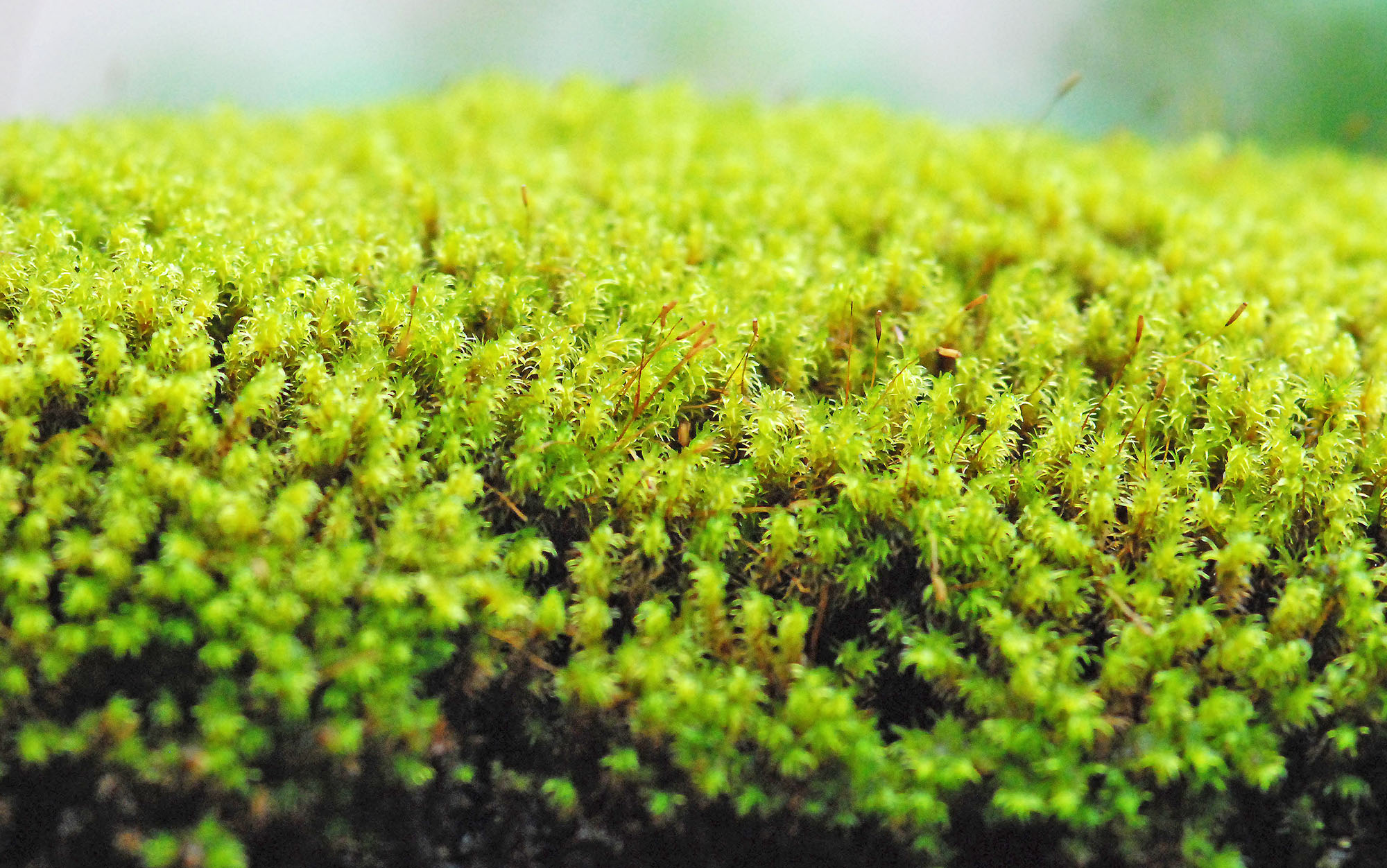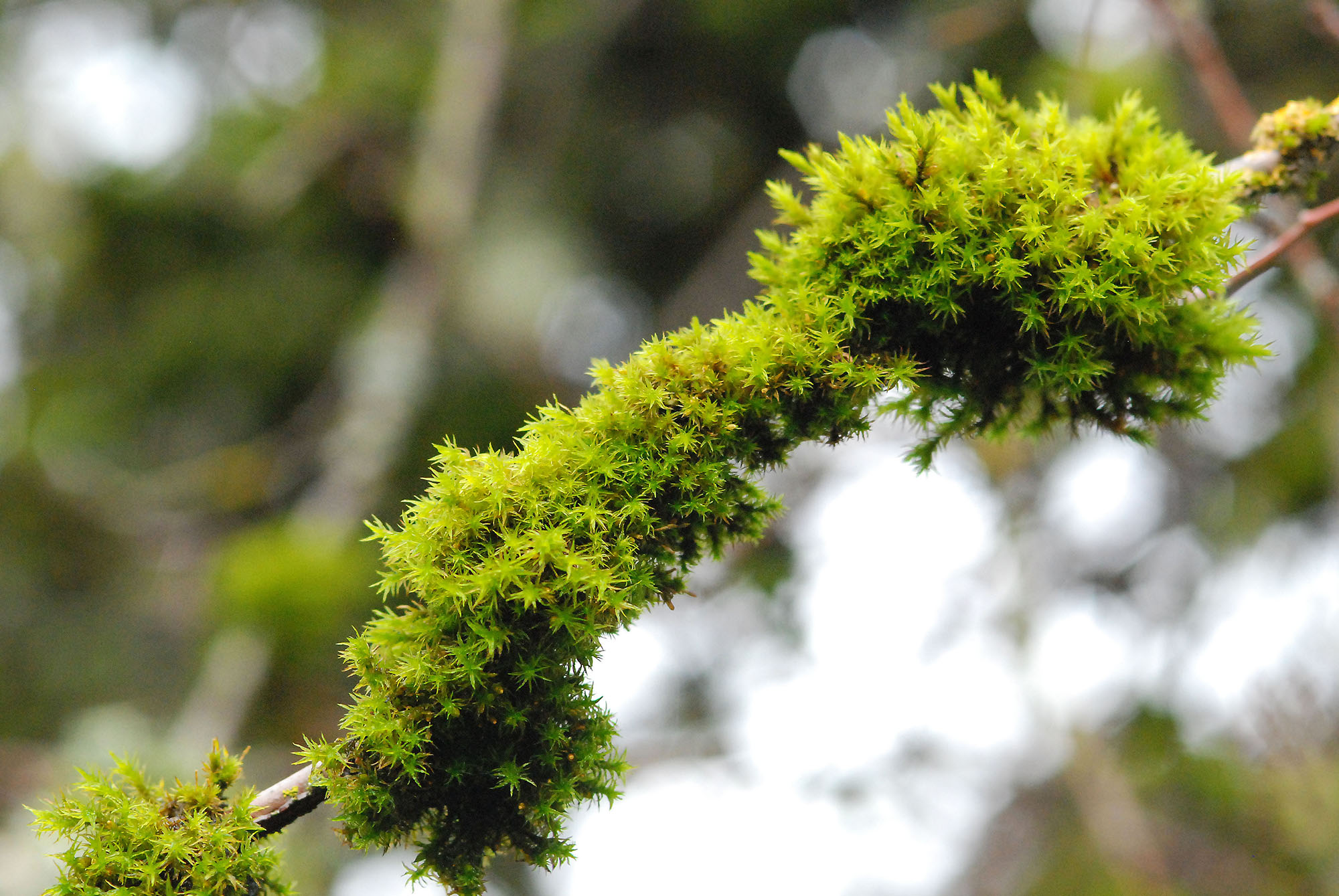
Collections Objects Preserved for Study


Collections Objectives
- List the different types of commonly kept nature collections and explain their roles in science learning.
- Provide characteristics and examples of contemporary nature collecting.
- Explain why different types of displays are an important link between collections and learning.
You may be wondering whether assignments are due during the Thanksgiving holiday. The short answer is that no assignments are due the Saturday after Thanksgiving, November 28. The longer answer is that this Guide 9B is due on Wednesday (November 24) as usual, and then you do not need to start 10A until Monday November 29, with the 10A assignments due until Wednesday night December 1 and 10B assignments due Saturday night December 4.
That means you do not have work in BI 101 from the time you turn in this Guide’s assignments until the following Monday. If desired, you can start 10A early or work on the final field guide during the days off. Or you could rest and focus on other things for a bit.
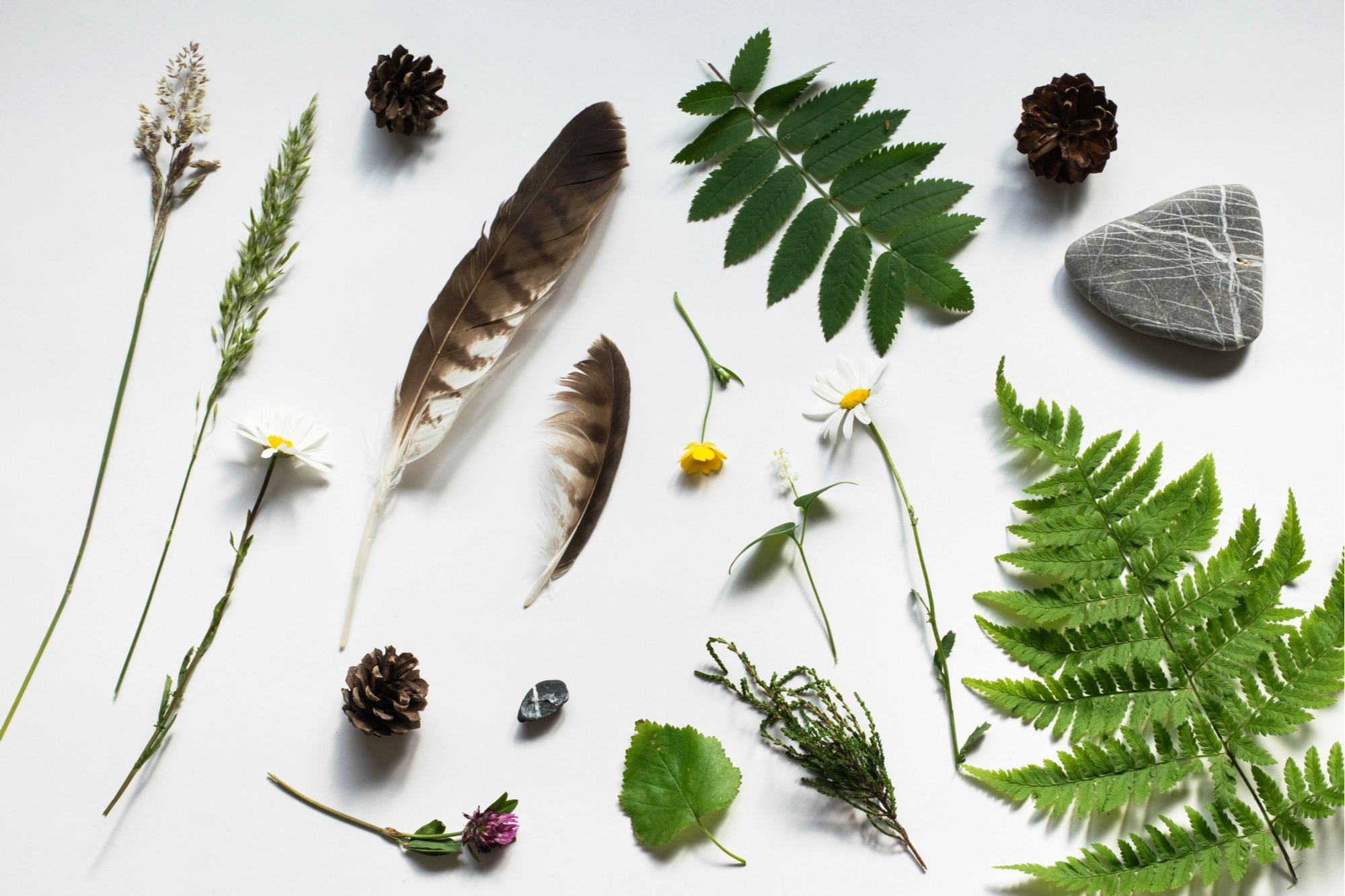
Many people have nature collections already started. It could be leaves pressed in books, weathered rocks from a trip to the beach, or a box of feathers.
In most cases these are mementoes, objects kept to remember an experience. In this case they are often stored or displayed to elicit feelings. Another possible use is to build a collection that can be a starting point for new learning experiences.
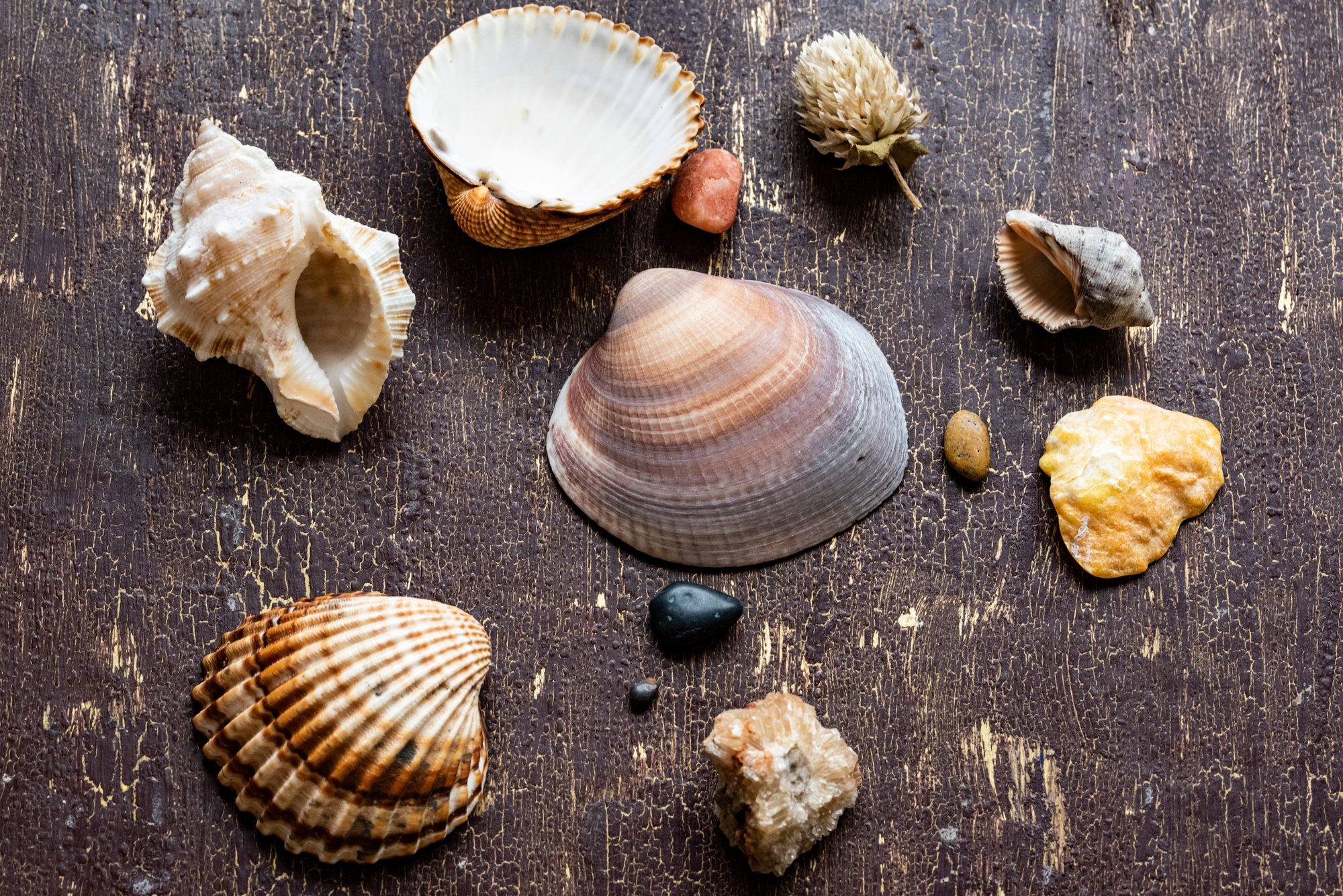
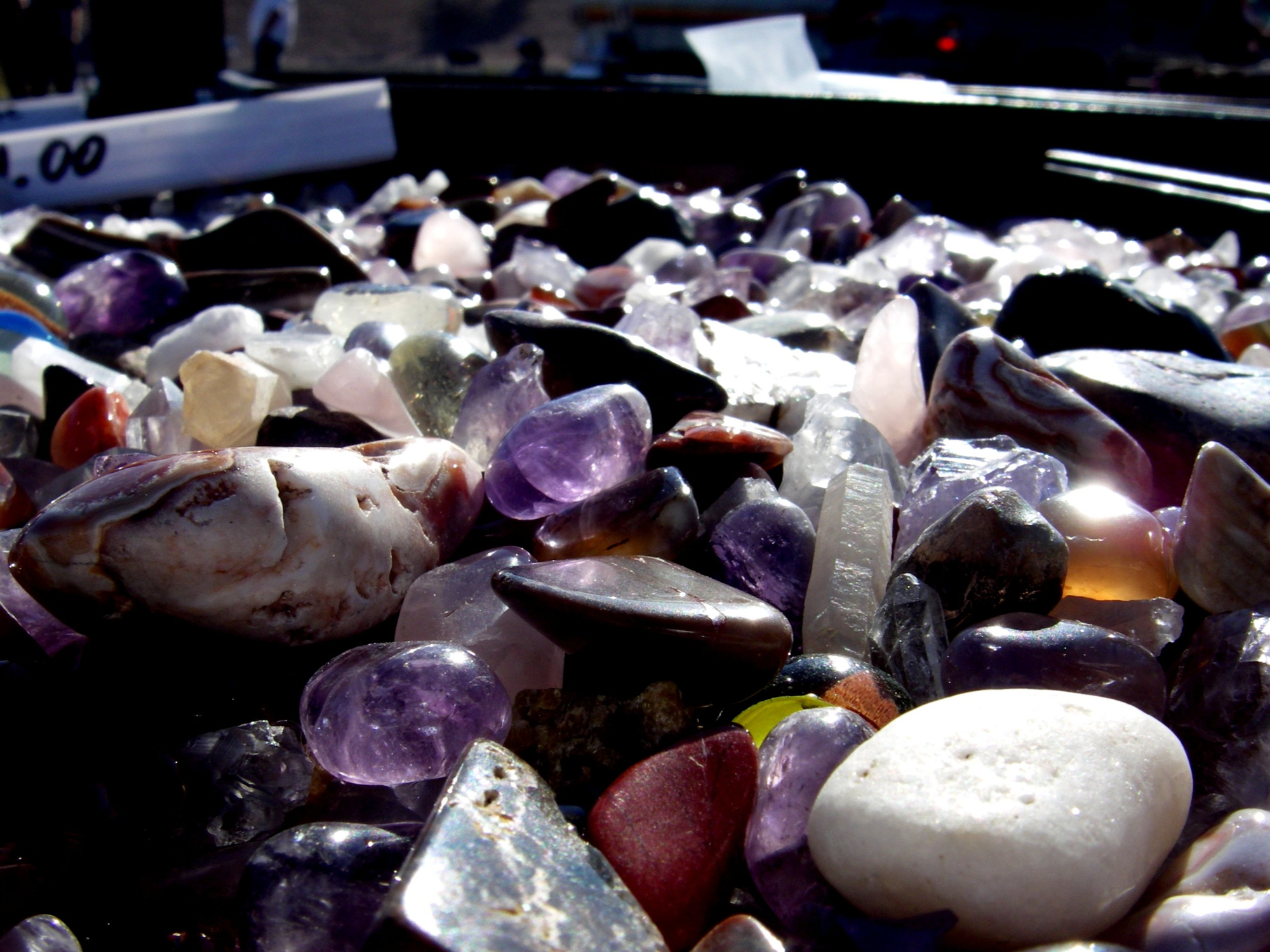
Some people use collections as a starting point to drive new experiences, like travels to new locations or interacting with other collectors. Here in the Willamette Valley, rock and mineral shows (“gem shows”) are popular gathering events for collectors.
Collections can also be used as a point of reference. Herbariums, collections of pressed and preserved plants can be used to compare unidentified specimens with those that have been identified and named. A reference collection is key in keeping track of the physical characteristics of a species or specimen.

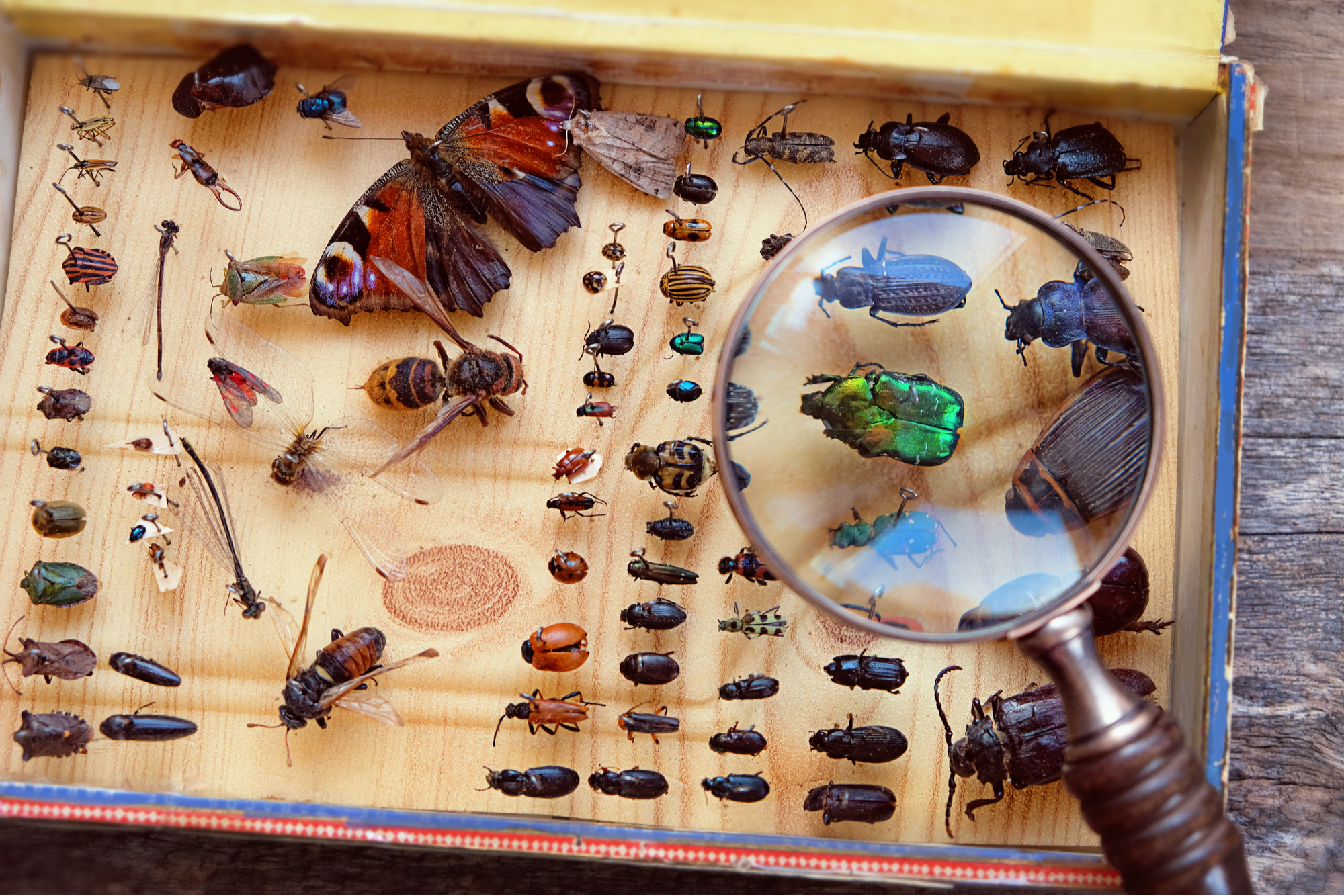
Collections can be used to find new species. For example, study of collections made in the past sometimes reveal that entirely new species were collected but not recognized. Detailed analysis of physical features, or even genetic analysis can reveal previously unidentified species.
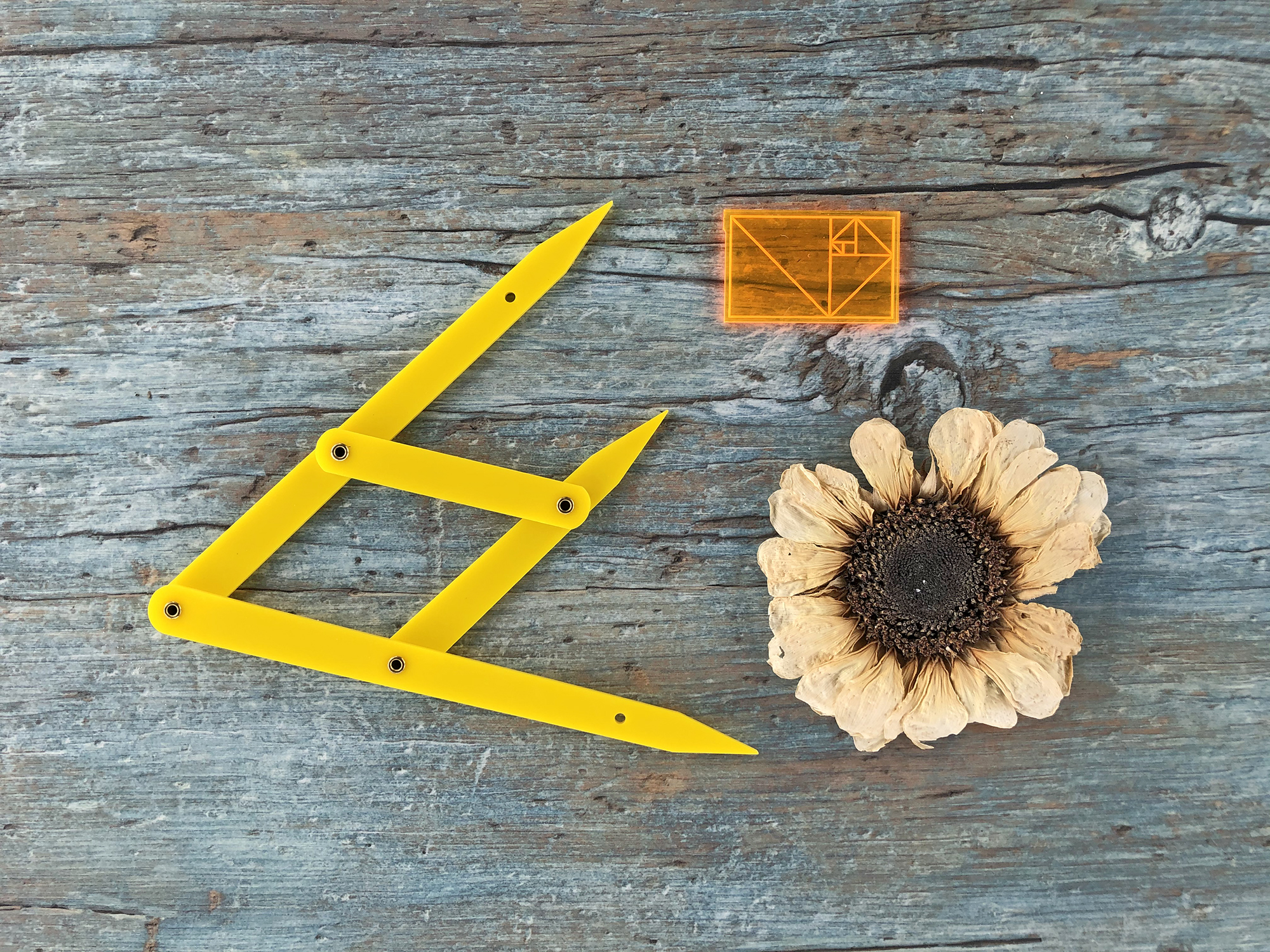
Collections can be a starting place to experience nature in a new way. For example, you could search for evidence of spiraling patterns in nature and begin to study how patterns can relate to math and Fibonacci numbers.
Holding an object can make abstract ideas seem more real and change the way you experience the world.

Contemporary Nature Collections
You may be wondering at this point what the environmental impact would be if everyone started collecting from nature. That is a valid point and part of the reason for why many people have shifted to new forms of collecting, also called contemporary collecting.
This video demonstrates a few contemporary collecting options to minimize environmental impact.

Collections of “found” objects are increasingly popular. This is a collection of things that have accumulated on my desk. Objects found over time can develop new relationships and meanings.
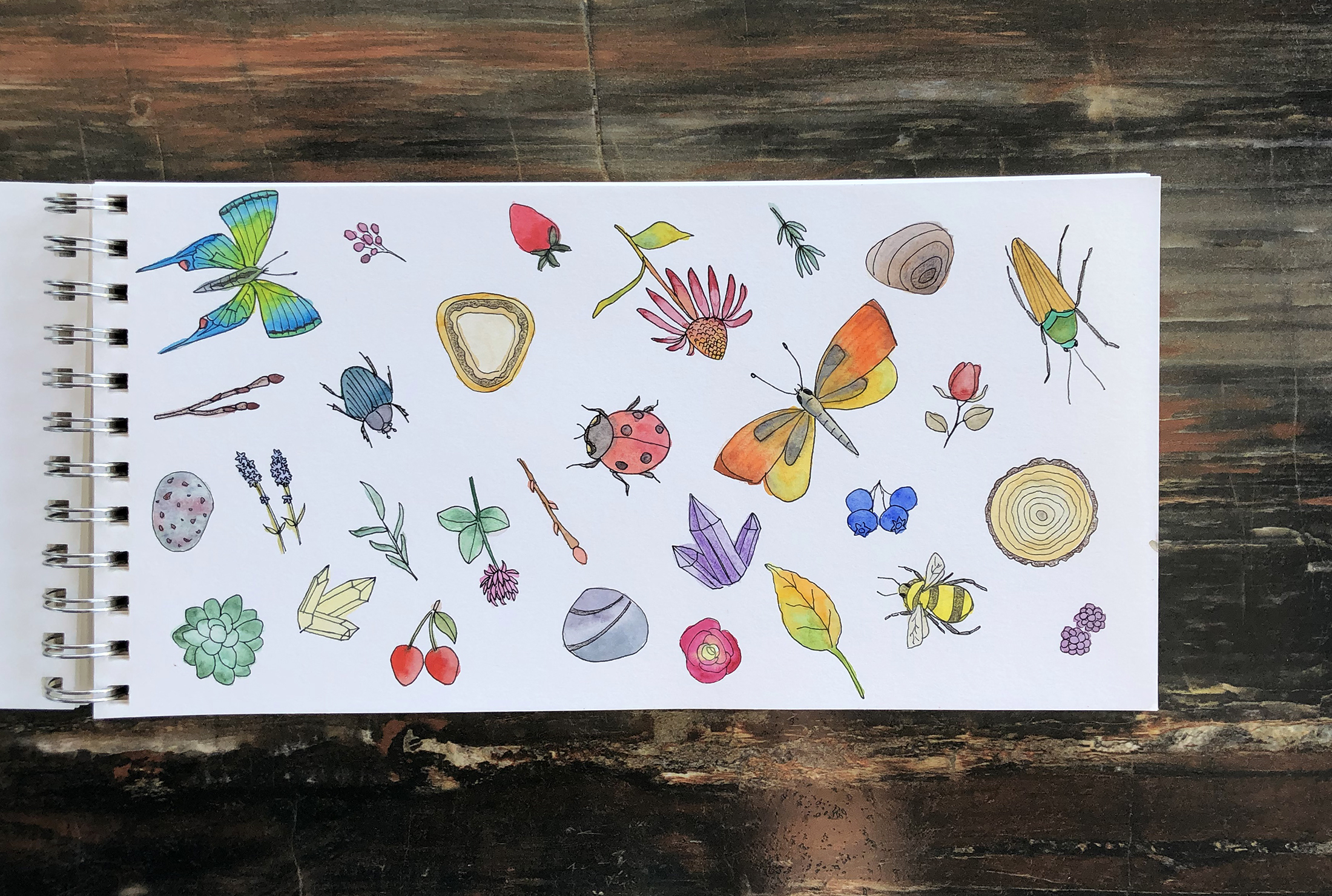
Another contemporary collection object is to not collect the primary object at all, but to instead capture a likeness or representation. This can be done in a journal or sketchbook.
Since many of us carry smartphones around, photo and video collecting can be a viable form of contemporary collecting. Huge digital image collections can be stored in small spaces.
The following two photo sliders contain moss images collected on OSU’s Corvallis campus. The difference is the mental “lens” that was used. One contains images that represent microhabitats created by human structures and plantings. The other slider has photos of diverse moss species. Consider producing multiple galleries representing different perspectives on a field excursion.
Collection Display
One of the most significant problems associated with a collection is finding ways to effectively organize and access the objects. We have all had the experience of someone wanting to share a photo and we stand waiting while they scroll through hundreds of random photos on their smartphone.

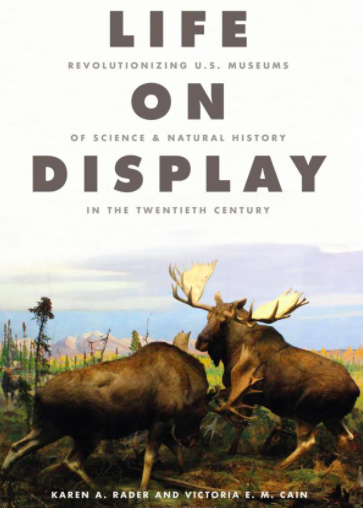
Museums with massive stored collections have deal with this problem all the time. Displaying collections in a way that enables individuals to easily access, experience, and learn from objects is its own field of study.
One display option is to curate the collection, selecting specific items to show to individuals. Curation is impacted by the perspective of the individual making the selection.

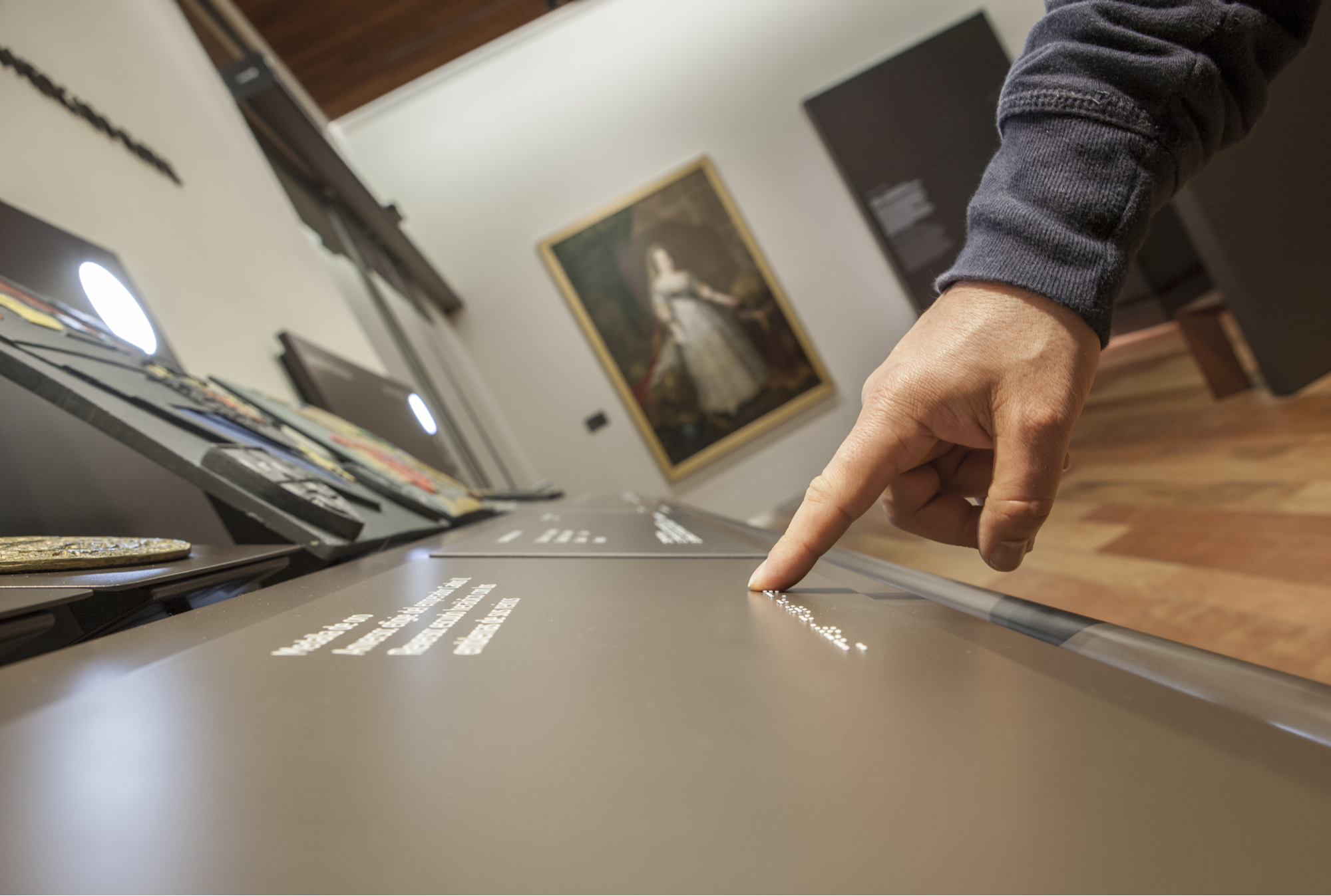
An object simply put in a display box may be insufficient to relay important information. Accompanying signs and captions can provide context.
Another option is to digitize an entire collection and provide access through a website. Searches can be random or directed through a curators lens. Captions can accompany images and videos. This may not have the immediacy of standing with an object in person, but accessibility can be greatly increased.
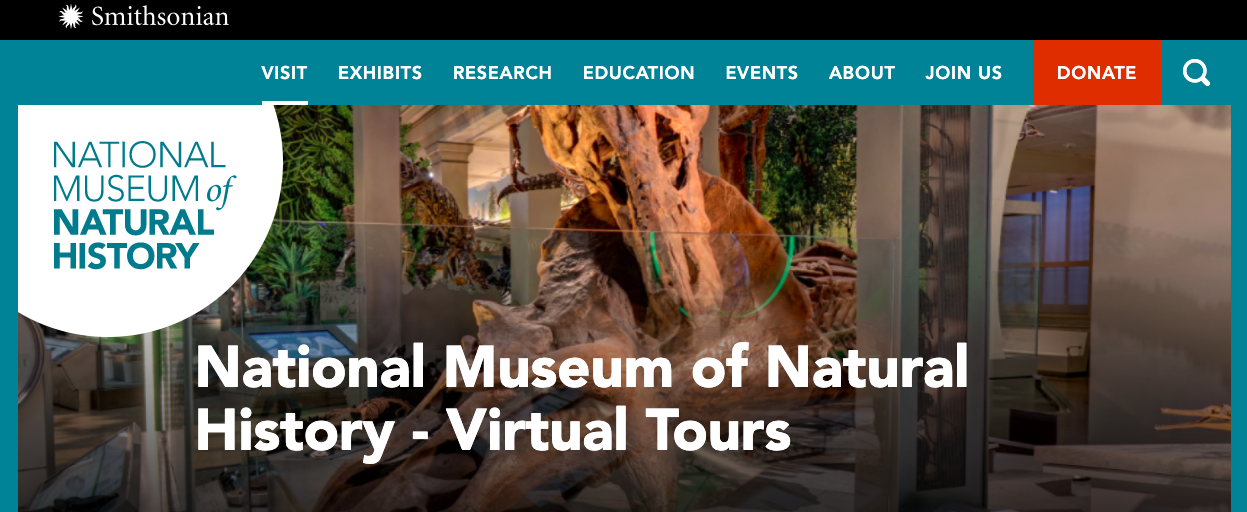
You can apply these museum principles to your own collections. Do you have a collection stored in a box that seems important, but is mostly gathering dust? Many people have objects they inherited or collected themselves that have value, but do not seem to fit into daily life. Creating a display in physical and/or digital form can bring a collection to life and other people.
The next section introduces the significance of the arts in discovering the natural world.

Check your knowledge. Can you:
- list the different types of commonly kept nature collections and explain their roles in science learning?
- provide characteristics and examples of contemporary nature collecting?
- explain why different types of displays are an important link between collections and learning?
